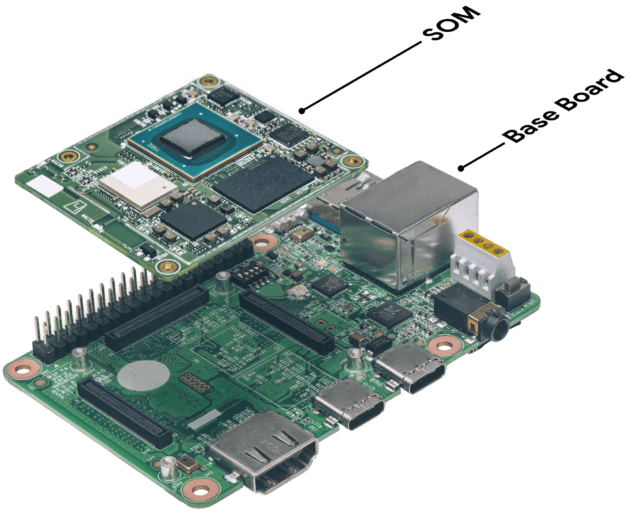
Now that the internet of things is really a thing, Google plans to release a version of its machine-learning chips designed for the tight spaces and power constraints of edge computing devices that can execute machine-learning models trained on the cloud.
The Edge TPU chip and Cloud IoT Edge software will be introduced Wednesday during the second day of Google Cloud Next, the company’s big cloud conference in San Francisco, according to company executives. The chip is a stripped-down version of the powerful Cloud TPU processors that Google uses to train machine learning models, and the software connects devices out in the field with Google’s cloud data centers to allow those devices to do just-enough computation at the edge without having to wait for a response from faraway servers, said Antony Passemard, head of product management for Google Cloud IoT.
If this sounds somewhat familiar, it’s probably because the “intelligent edge” is apparently now a required part of every Microsoft statement or executive speech about modern cloud computing. Years after it was first identified as a coming trend, the shift of computing power and connectivity to small devices that aren’t really computers — the internet of things — is actually starting to happen, and cloud vendors like Amazon Web Services, Microsoft, and Google are racing to provide the back-end services needed to support this growing field.
As factories, farmers, and building managers realize how much automation they can build into dispersed devices that once required human maintenance, they’re looking for help from cloud vendors in managing those devices. But in lots of cases, the speed of light works against them; real-time decisions are often better made by the devices themselves, rather than waiting for a cloud server halfway across the country to return a decision.
That has been playing out for a few years, but increasingly edge devices want to take advantage of machine-learning capabilities for image recognition and other applications. At Build 2018, Microsoft showed off drones that could fly over power lines and make decisions about whether or not everything is in working order.
The act of training a machine-learning model, however, requires a ton of specialized processing power that is best done by servers in cloud data centers. What the Edge TPU chip and Cloud IoT Edge software allows is for that model to be trained in the cloud against a data set and executed on the device by the Edge TPU chip, with the software handling the interactions between the device and the cloud servers.
Google plans to release the Edge TPU as part of a development kit that contains a reference design for experimenting with the chip inside edge devices, and that will be available in October.
Google is arguably behind the competition in on the IoT front, although the machine-learning twist is very Googly.
As mentioned earlier, Microsoft has made IoT applications and devices an enormous part of its cloud computing strategy, striking partnerships with chip companies like Qualcomm and releasing a vast amount of IoT software. For its part, cloud leader AWS has also released several IoT-related software services and even developed its own operating system for edge devices.
























